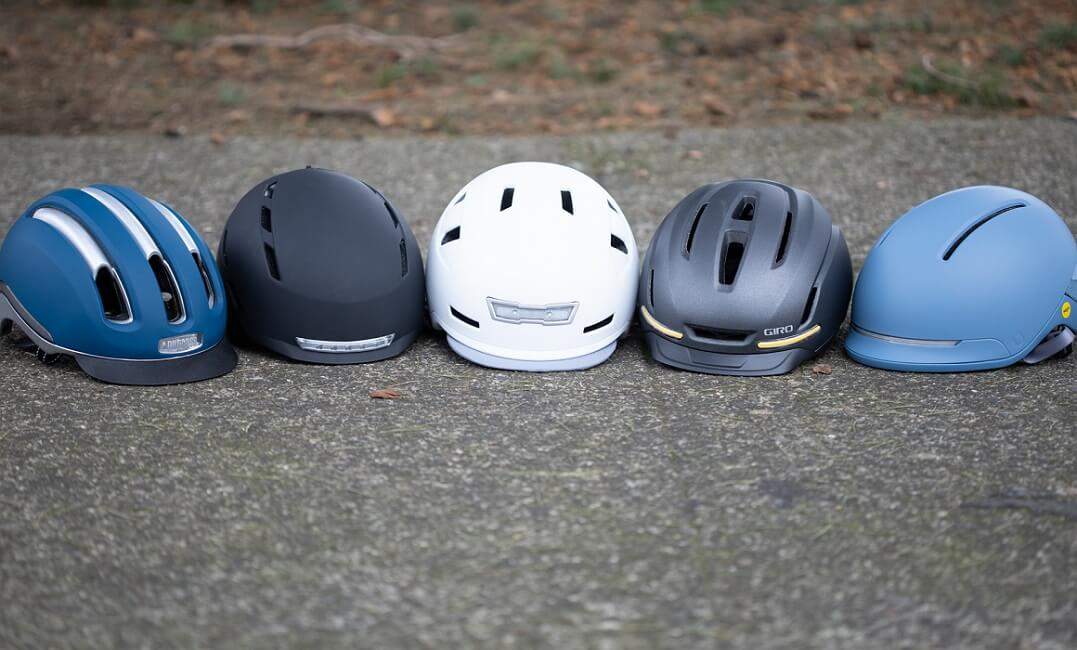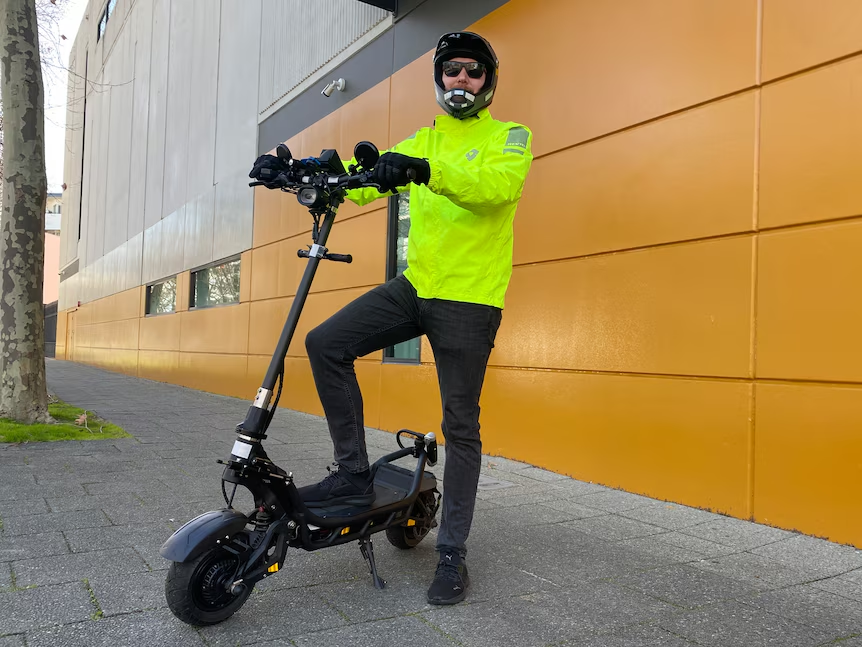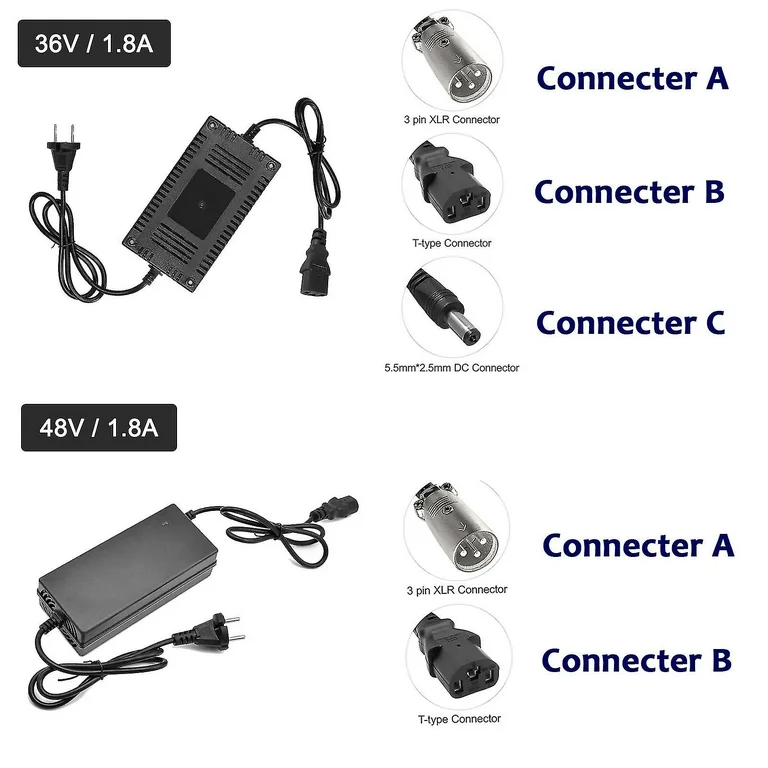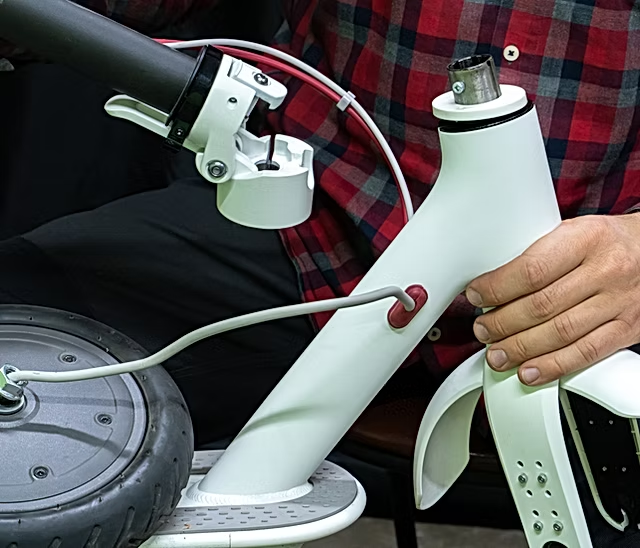Introduction
Helmet laws for electric scooters vary significantly across different countries. Understanding these regulations is crucial for riders and businesses operating in the e-mobility sector. This article provides an overview of helmet requirements for electric scooter riders worldwide, highlighting the diversity in legal frameworks and safety standards.
1. Europe: Diverse Approaches to Helmet Regulations
In Europe, helmet laws for electric scooters differ from country to country. For instance, in Denmark, wearing a bicycle helmet is mandatory when riding an electric scooter. Similarly, in Croatia, riders are required to wear helmets. On the other hand, countries like Finland and the Czech Republic recommend helmet use but do not mandate it. These variations reflect each country’s approach to balancing safety with personal freedom.

2. North America: Varying State and Provincial Laws
In North America, helmet laws for electric scooters are determined at the state or provincial level. For example, in Ontario, Canada, helmet use is not required for riders aged 16 and above. In contrast, several U.S. states have implemented mandatory helmet laws for electric scooter riders, especially in urban areas with high traffic density. The inconsistency in regulations can be challenging for riders and rental companies operating across borders.
3. Asia-Pacific: Emerging Regulations
The Asia-Pacific region is witnessing the emergence of electric scooter regulations, including helmet laws. In countries like Singapore, helmet use is mandatory for riders of all ages. Australia has adopted a state-based approach, with some states requiring helmets and others recommending them. As the popularity of electric scooters grows in this region, more countries are expected to implement standardized helmet regulations.

4. Latin America: Developing Legal Frameworks
In Latin America, electric scooter regulations, including helmet laws, are still developing. Some countries have introduced pilot programs to test the feasibility of electric scooters, while others are in the process of drafting legislation. The lack of uniform regulations poses challenges for manufacturers and operators looking to expand into these markets.
5. Africa: Limited Regulation
In Africa, electric scooter usage is relatively low, and regulations are limited. Some countries have enacted laws to govern electric scooter use, but helmet requirements are often not specified. As urbanization increases and the adoption of electric scooters rises, it is anticipated that more African nations will introduce comprehensive regulations, including helmet laws.
6. International Standards and Recommendations
International organizations, such as the European Transport Safety Council (ETSC), advocate for standardized helmet regulations to enhance rider safety. The ETSC recommends that all e-scooter riders wear helmets, regardless of age or experience. However, the adoption of these recommendations varies by country, influenced by cultural attitudes and political considerations.

7. Impact of Helmet Laws on E-Scooter Adoption
The implementation of mandatory helmet laws can influence the adoption of electric scooters. In some cases, strict helmet requirements have led to a decrease in ridership, particularly in regions where helmet use is not culturally ingrained. Balancing safety with convenience is crucial to encourage widespread adoption while ensuring rider protection.
8. Enforcement and Compliance
Enforcement of helmet laws varies widely. In countries with stringent regulations, authorities actively monitor compliance through fines and penalties. In contrast, enforcement may be lax in regions with less developed legal frameworks, leading to inconsistent adherence to helmet laws. Effective enforcement is essential to ensure the effectiveness of helmet regulations.
9. Helmet Design and Standards
The design and safety standards of helmets play a significant role in rider protection. Many countries have established standards for helmet manufacturing, ensuring that helmets provide adequate protection in the event of an accident. Riders are encouraged to use helmets that meet these safety standards, regardless of legal requirements.

10. Future Trends in Helmet Regulations
As the global adoption of electric scooters continues to rise, it is expected that more countries will implement standardized helmet regulations. International collaboration and the sharing of best practices can facilitate the development of uniform safety standards, enhancing rider protection worldwide.
Conclusion
Helmet laws for electric scooters are diverse and evolving across the globe. While some countries have implemented mandatory helmet requirements, others recommend their use or have yet to establish regulations. As the e-mobility sector grows, it is essential for riders and businesses to stay informed about local regulations to ensure compliance and promote safety.
FAQ Section
Q1: What is the global trend regarding helmet laws for electric scooters?
Globally, there is a move towards implementing mandatory helmet laws for electric scooter riders to enhance safety.
Q2: How do helmet laws impact e-scooter adoption?
Strict helmet laws can deter potential riders, especially in regions where helmet use is not culturally ingrained.
Q3: Are there international standards for e-scooter helmets?
Yes, organizations like the ETSC advocate for standardized helmet regulations to ensure rider safety.
Q4: How is helmet law enforcement handled?
Enforcement varies by country, with some actively monitoring compliance and others having lax enforcement.
Q5: What is the future outlook for helmet regulations?
As e-scooter usage increases, more countries are expected to implement standardized helmet regulations.




